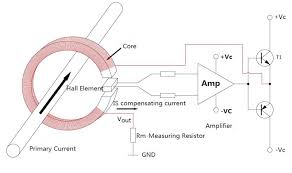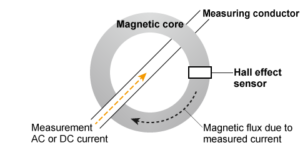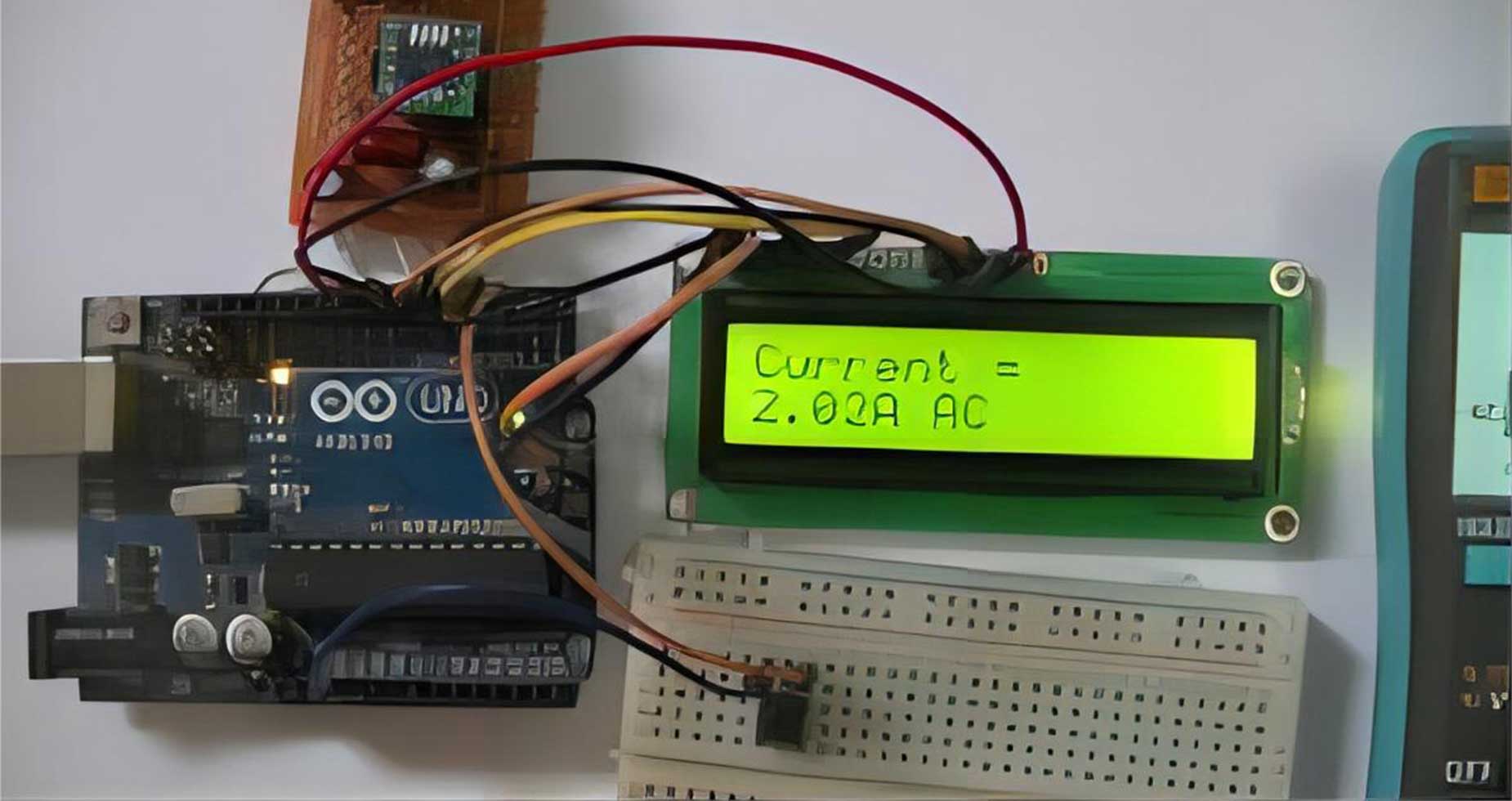Hall current sensors play a crucial role in measuring electrical currents in various applications, from power monitoring to industrial automation. Ensuring the accuracy of these sensors is paramount for reliable data and efficient system performance. Calibration is a key process in achieving and maintaining this accuracy, as it accounts for potential deviations and errors in sensor readings.

Importance of Calibration
1. Precision and Reliability
Calibration is the process of adjusting a Hall current sensor to align its measurements with a known standard. This ensures that the sensor provides precise and reliable data over time. Without proper calibration, inaccuracies may arise, leading to misleading readings and potential system malfunctions.
2. Long-Term Stability
Hall current sensors are exposed to various environmental conditions and operational stresses. Over time, these factors can impact the sensor’s performance. Calibration helps in maintaining long-term stability by compensating for any drift in the sensor’s characteristics, ensuring continued accuracy throughout its operational life.
3. Compliance with Standards
Many industries and applications have specific standards and regulations that demand accurate current measurements. Calibration ensures that Hall current sensors meet these standards, making them suitable for use in critical applications such as energy management, electric vehicle charging, and industrial control systems.

Factors Affecting Accuracy
While calibration is essential, several factors can influence the accuracy of Hall current sensors, even after calibration. It’s crucial to understand and mitigate these factors to maintain optimal sensor performance.
1. Temperature Effects
Temperature variations can impact the magnetic and electrical properties of the sensor, leading to changes in its sensitivity and offset. Manufacturers often specify a temperature range for optimal sensor performance. Operating the sensor beyond this range may result in inaccuracies.
2. Magnetic Field Interference
External magnetic fields can interfere with the sensor’s measurements, causing deviations from the true current value. To minimize these effects, proper shielding and positioning of the sensor are crucial. Additionally, calibration should account for potential magnetic field interference.
3. Aging and Wear
Over time, the internal components of Hall current sensors may experience aging and wear, affecting their performance. Regular calibration helps in identifying and compensating for such changes, ensuring the sensor maintains accuracy throughout its lifespan.
4. Electromagnetic Compatibility (EMC)
The presence of electromagnetic interference from nearby equipment or devices can disrupt the sensor’s operation. Shielding, grounding, and adherence to EMC standards are essential to mitigate these interferences and maintain accurate readings.
5. Power Supply Stability
The stability of the sensor’s power supply is critical for accurate measurements. Fluctuations or noise in the power source can introduce errors in the sensor readings. Proper power conditioning and calibration considerations can help address this issue.
In the realm of electrical current measurement, Hall current sensors play a pivotal role. Calibration stands as a fundamental process to ensure the accuracy and reliability of these sensors. Understanding and addressing factors that can influence accuracy, such as temperature effects, magnetic field interference, aging, electromagnetic compatibility, and power supply stability, is equally important. By implementing regular calibration procedures and considering these influencing factors, users can maintain the precision of Hall current sensors and trust the integrity of the data they provide.
Recommended reading
How to Test a Hall Effect Sensor
Why do Automotive Companies Use Hall Effect Sensors for Many of Their Applications











